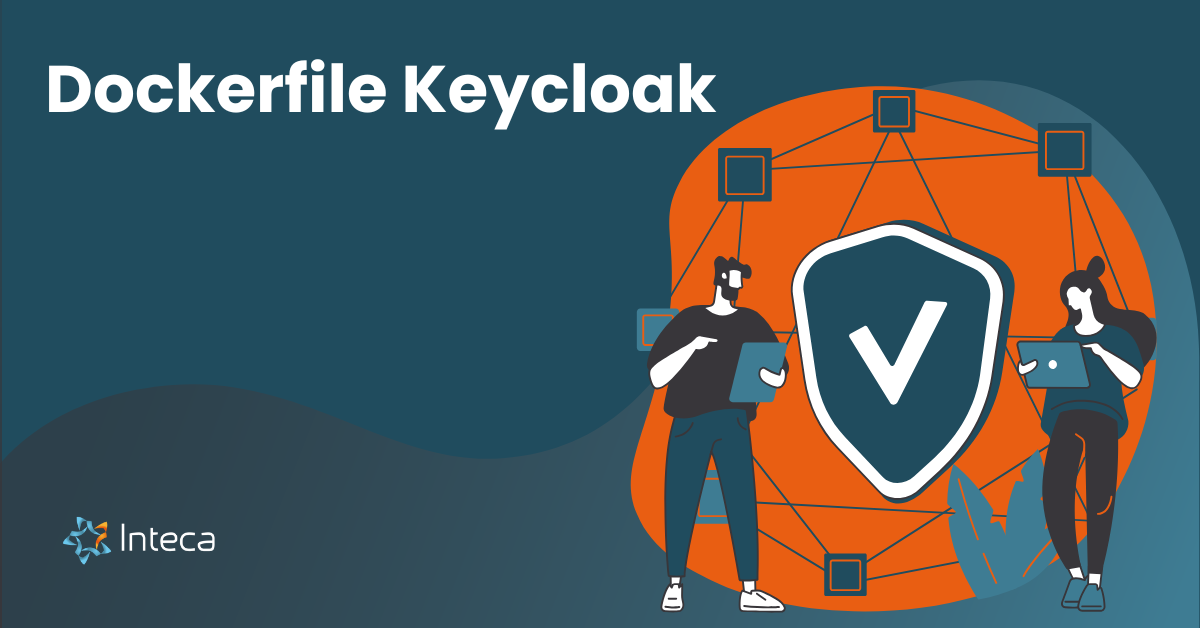Multi-Factor Authentication Applications choice 2025 – Keycloak

Think of entering a secure building: you need more than just a key—perhaps a badge, a fingerprint scan, and an authenticator app too. This is how Multi-Factor Authentication (MFA) works online. It requires multiple verification steps before granting access, such as:
- Something you know: A password, PIN, or one-time password can be utilized for enhanced security.
- Something you have: a smartphone or hardware token can serve as an effective authenticator in the two-factor authentication process.
- Something you are: A fingerprint or facial recognition can serve as an additional authentication factor in securing access.
By demanding several types of verification, MFA makes unauthorized access much harder, similar to a building with several security checks.
Importance of MFA in today’s digital landscape
In our digital world, cyber threats are like burglars trying to break into your online home, requiring users to authenticate their identities. A password alone is like a single lock on your door; adding an authenticator app provides an extra layer of security. MFA adds extra layers of security, making it tougher for these digital intruders to succeed.
MFA is crucial because it adds an additional security layer, ensuring that if one verification method is compromised, others remain secure. This is vital for protecting sensitive data like personal and financial information.
The role of Keycloak in MFA
Among MFA applications, Keycloak is notable for its flexibility and identity management capabilities. It allows organizations to implement a strong security framework tailored to their needs, utilizing two-factor authentication (2FA) to enhance protection. Whether integrating with current systems or customizing authentication flows, Keycloak offers a versatile solution to enhance security.
Keycloak not only supports MFA but also provides features that simplify user authentication, such as biometric options. This makes it an excellent choice for IT security architects and cybersecurity managers aiming to strengthen their organization’s security.
Keycloak MFA integration: a flexible solution
Why choose Keycloak for MFA?
Keycloak stands out in the MFA realm due to its flexibility and comprehensive identity management, allowing for various authenticators like Microsoft Authenticator and TOTP. As cyber threats evolve, robust security measures, including the use of SMS, authenticator apps, and security keys, are essential. Keycloak supports various authentication methods, adaptable to different organizational needs. It integrates smoothly with existing systems, offering a customizable security solution.
Keycloak’s role in identity management
Beyond MFA, Keycloak excels in identity management. It ensures that user identities are managed securely and efficiently, enhancing overall security. Keycloak’s features streamline authentication processes, reducing unauthorized access risks while maintaining user-friendliness. By using Keycloak, organizations can ensure their security architecture is robust and adaptable.
Implementing Keycloak user authentication
In today’s digital era, securing sensitive information with methods like two-factor authentication is more critical than ever. MFA applications are key in protecting data by requiring multiple verification steps. Keycloak stands out for its flexibility and identity management capabilities. This guide will help you implement Keycloak user authentication for a robust security framework.
Step-by-Step guide to Keycloak multi-factor authentication applications
Follow these steps to seamlessly integrate Keycloak into your systems:
- Install Keycloak and Configure Server Settings
- Download and install Keycloak on your server. Ensure server settings align with your organization’s security policies for a smooth integration.
- Set Up User Roles and Permissions
- Define user roles and permissions within Keycloak to match your security needs. Create a structured hierarchy to ensure users have appropriate access based on their roles and credentials.
- Enable MFA Options and Customize Authentication Flows
- Use Keycloak’s MFA options to tailor authentication flows. Incorporate various verification methods like passwords, biometrics, or one-time codes to enhance security.
Common mistakes and best practices in multi-factor authentication applications
Avoid these pitfalls and follow best practices to maximize security and efficiency:
- Mistake: Neglecting Regular Updates and Maintenance in 2FA Implementation
- Failing to update and maintain Keycloak can lead to vulnerabilities, especially in the authentication factors used for security.
- Best Practice: Schedule Regular Audits and Updates
- Conduct regular audits and updates to maintain optimal performance and security, addressing potential issues proactively.
By following these steps and practices, organizations can effectively implement Keycloak authentication, leveraging its identity management features and two-factor authentication to bolster security. For more detailed guidance, reach out to our experts for personalized assistance.
Conclusion
In today’s fast-paced digital world, robust security measures are essential. MFA applications are crucial for protecting sensitive information from unauthorized access. By requiring multiple verification steps, MFA enhances security significantly.
Keycloak is a top choice for MFA in 2025 due to its flexibility and comprehensive features. Its integration capabilities make it ideal for IT security professionals looking to strengthen security frameworks. Keycloak supports various authentication methods, allowing organizations to tailor security measures to their needs.
Beyond MFA, Keycloak enhances identity management by integrating seamlessly with existing systems and streamlining authentication processes, including options for OTP. By implementing Keycloak, organizations can align security policies with best practices, reducing the risk of common mistakes like neglecting updates.
Proper Keycloak implementation and maintenance can greatly improve authentication processes, especially when using a security key. Regular audits and updates ensure optimal performance and security, protecting digital assets from threats.
For those looking to integrate Keycloak into their security architecture, our managed service offers comprehensive support from design to maintenance. Whether for customer or workforce identity management, our experts are ready to assist in implementing effective two-factor authentication strategies, including the use of one-time passwords. Fill out our contact form to learn more about enhancing your security strategy with Keycloak.






